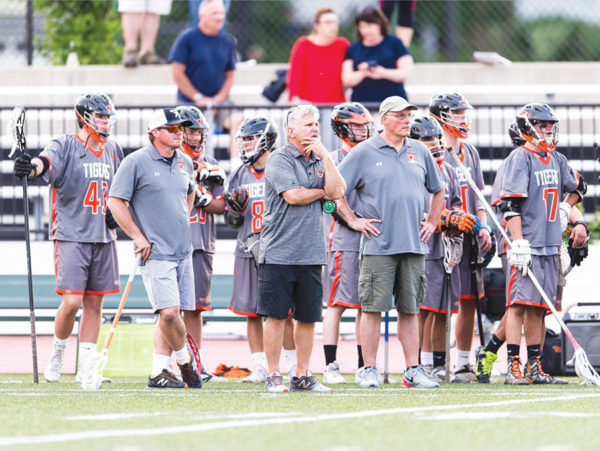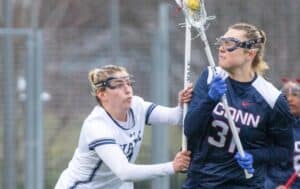
Over the years, the landscape of recruiting at the high school level has taken on many vastly different shapes.
From the personal, one-on-one connection between coaches to the wild-west battle for middle schoolers, things finally seem to be rounding into form as the NCAA continues to tweak its rules and regulations within the game.
To find out how we got to this point, it takes those in the know to paint a vivid picture of what life was like on the recruiting front in the past compared to what it is like now, and two of the winningest high school coaches in Massachusetts history were up to the task.
“Beverly put a program in when they eliminated spring football in Massachusetts high schools,” said Richard Mazzei, the first coach in state history to record 400 wins, which started with the 16 years he spent as head coach at Beverly (Mass.) High School, beginning in 1980. “To keep the football players playing, they put lacrosse in. I have to be honest, my first few years it was pretty rock ’em-sock ’em lacrosse.




